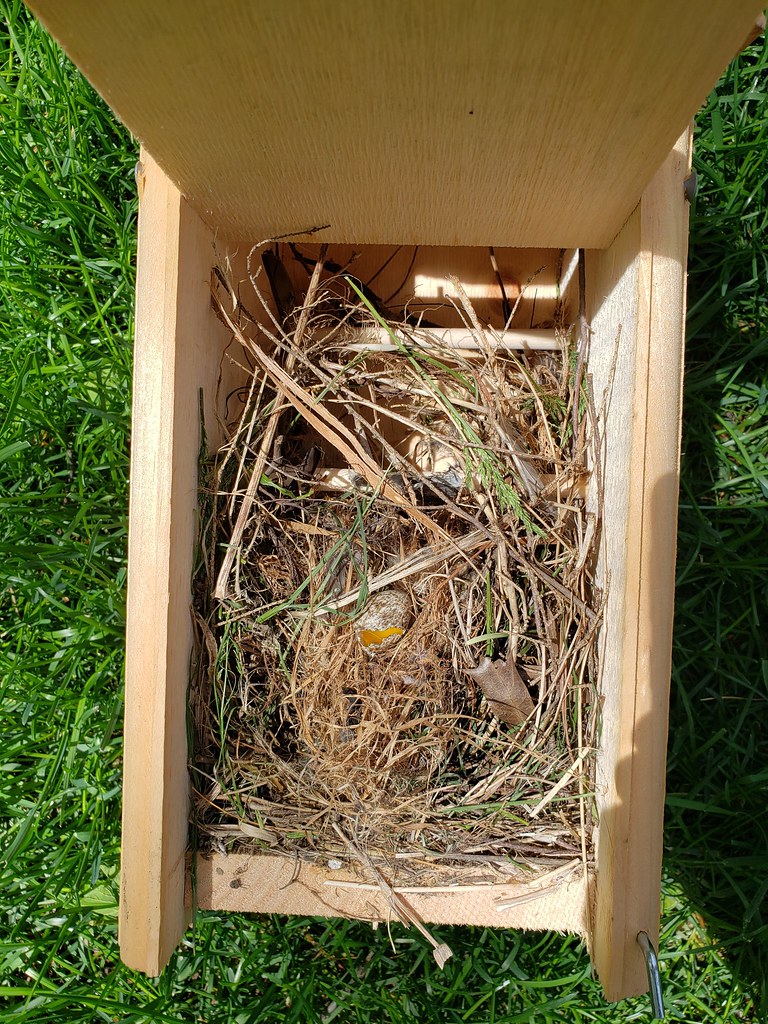Table Of Content

By supporting conservation, you can make a difference for native birds challenging the house sparrow’s domain. Your house sparrow egg markings span a mélange of grayish to brown dots and spots, often wreathing the tiny ovals in an intricate avian filigree. The variegated hues swirl in subtle patterns, bespeaking the diversity of nest types and breeding behaviors.
What do House Sparrows Eat?
Though I will lay our small white eggs, your role establishing our haven amid the chatter of urban life ensures our enduring partnership. With each reproductive bout, the female lays a clutch of 4-6 eggs over several days. Her eggs are about the size of jellybeans, marked with brown speckling on a pale background. Both parents incubate the typical clutch of 4-5 eggs for days until hatching. Newly hatched chicks are blind, naked and helpless, relying on their parents to constantly bring food back to the nest.

Where do House Sparrows nest?
These nests are made from a mix of natural materials, like twigs, leaves, and feathers, along with debris that the sparrows find. House Sparrows that build their nests in more open sites like vines and trees must weave a roof over their nest to create a cavity-like effect. The resulting structure resembles a rather untidy, flattened ball.
Eggs and Incubation
Only by working with store managers on more comprehensive strategies can the issue of problem birds in stores be successfully addressed and resolved. If you want to offer nest space only to birds who are not house sparrows, there are several things you can do. In the long run, we can best deal with any problems house sparrows cause us through the habitat we control. For instance, prompt trash cleanup using bird-proof trash containers goes a long way to limit house sparrow activity around outdoor eateries, picnic spots and dumpsters.
The Humble House Sparrow - The Longmont Leader
The Humble House Sparrow.
Posted: Tue, 04 Jul 2017 07:00:00 GMT [source]
Large enclosures tend to be filled with nesting material with a central cup. The exterior part of the nest is built with coarse material, including dry grasses, twigs, pieces of plastic, paper, and strings. The cup inside the dome is lined with fine material that includes hair, mammal fur, feathers, and other fine fibers. House Sparrows are known to lay eggs in most months of the year.

thoughts on “House Sparrow: Nest and Eggs”
Inside, these nests are lined with feathers and softer materials, creating a snug and warm environment for the sparrow’s offspring. It’s a cozy setup, akin to a miniature, rustic cabin crafted with the odds and ends found in a bustling city. So, next time you’re wandering through your city or chilling in your backyard, take a moment to look around. Those sparrows you see have a whole life we’re glimpsing parts of. From their urban nests to their backyard hideouts, they’re a fascinating part of our shared ecosystem, reminding us of nature’s resilience and adaptability. You’ll find their nests tucked away in trees, hidden in dense shrubs, or even snug under the eaves of our houses.
Female Role
Nesting material is a a great way to tell the difference between a bluebird nest and a house sparrow nest. Many times, with house sparrows, you may not see a hole at all. When you open the box, what you might see instead is nesting material that fills the entire box all the way up to the roof. But, the idea that house sparrows are causing widespread declines in native songbird populations today is not proved.
Relationships with humans
Certainly, there are instances where individual native birds came out the losers against house sparrows. And bluebirds did decline in the early 1900s when European starlings and house sparrows were getting established. As a result a few nest-box providers resort to extreme measures—killing house sparrows for the perceived crime of occupying nest boxes. Throughout the breeding season, the devoted sparrow parents construct nests, lay eggs, and attentively nurture the next generation. Their adaptability allows house sparrows to thrive near humans across a vast range.
After the brood leaves the nest, the parents can start working on another brood. Together, we can ensure the tapestry remains vibrant and full of life for generations to come. So, next time you spot a sparrow, remember its vital part in our shared environment and consider what you can do to support our feathered friends.
Purple Martin 'Landlords' Manage a Different Kind of Tenant - Smithsonian's National Zoo and Conservation Biology Institute
Purple Martin 'Landlords' Manage a Different Kind of Tenant.
Posted: Fri, 27 Aug 2021 07:00:00 GMT [source]
The start of new life, with those little eggs, is a big part of the sparrow’s life story that we get to see around us. When house sparrows start making their nests, they stay focused. They pick up sticks, grass, and even pieces of paper or plastic from around the city like they’re experts at building. They twist and turn them into cozy nests that can stand up to rain and wind.
These ubiquitous songbirds were introduced to the United States in the mid-19th century. With so much technology, there are even better ways of nest box monitoring aside from manually opening the nest box and checking on it. All ecosystems change, but human environments often change rapidly. If we’re thinking about protecting biodiversity in cities – and in a world that will have 9 billion people, we have to – we have to think about how changes impact wildlife. Just as modification to a tropical forest affects wildlife, so too do changes in farming practices, changes in city design, even changes in bird feeding habits. Even conservationists often assume that common, adaptable species will be able to adapt to any change.

No comments:
Post a Comment